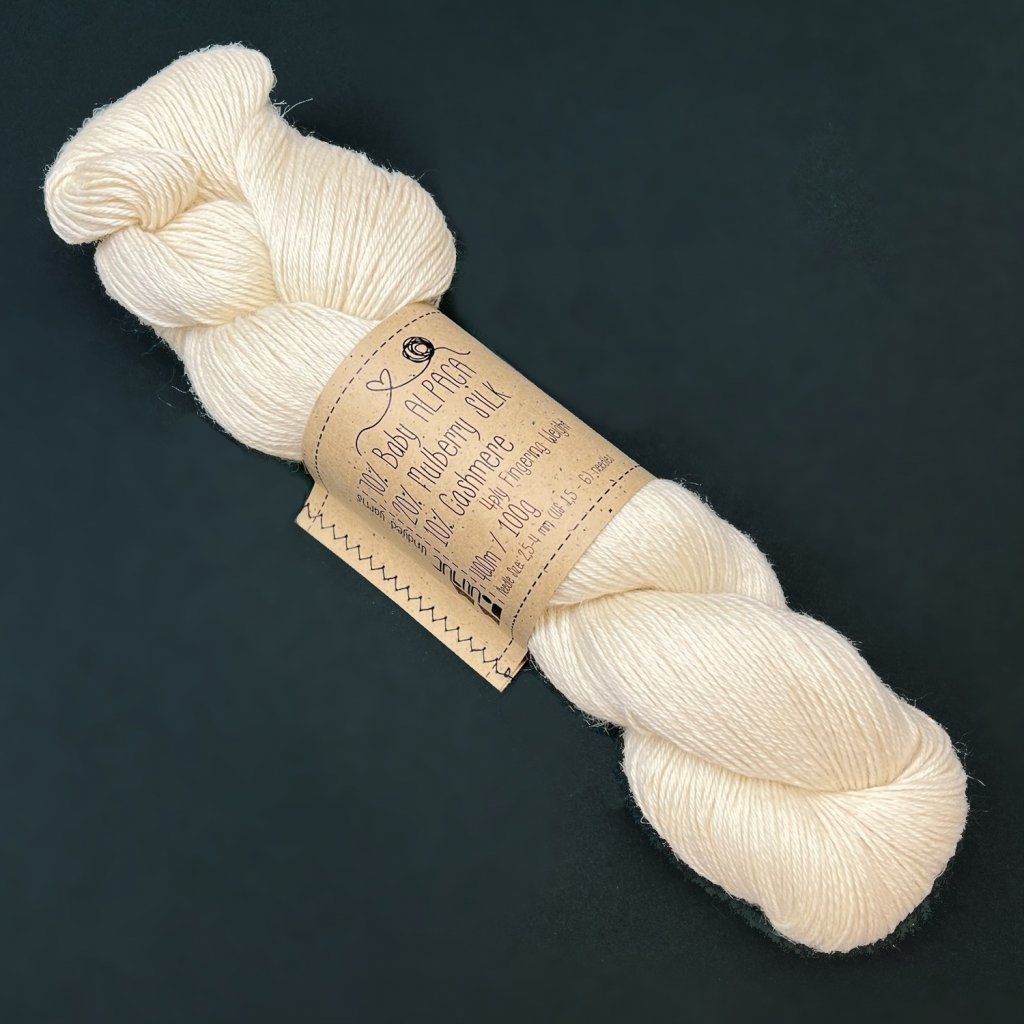Is Cashmere a Natural Fiber? Exploring Its Natural Origins and Uses
Is Cashmere a Natural Fiber? Exploring Its Natural Origins and Uses
Blog Article
Discovering the Various Sorts Of Cashmere an All-natural Fiber for Ultimate Deluxe
Cashmere, an all-natural fiber, is commonly connected with luxury and convenience. However, not all cashmere is created equal. From the highly soft Mongolian range to the light-weight heat of Indian Pashmina, each kind offers its own special features and allure. The a lot more affordable Chinese cashmere, the standard Scottish variation, and the high-end Italian mix, all tell a different tale of this remarkable fiber. As we decipher the world of cashmere, a deeper understanding of its true value and sophistication starts to arise.
Recognizing the Extravagant Nature of Cashmere
Cashmere, usually associated with deluxe and convenience, holds a distinct allure in the globe of all-natural fibers. Unlike other natural fibers, cashmere combines insulation with breathability, providing unrivaled comfort throughout differing temperature levels. Its shiny surface and soft structure contribute to its high-end appeal, justifying the costs price that frequently comes with cashmere garments.
Just What Is Cashmere and Where Does It Come From?

Provided these remarkable top qualities, one could wonder concerning the beginning and make-up of this glamorous fiber. Cashmere is stemmed from the soft undercoat of cashmere goats, largely found in Mongolia, China, Iran, and Afghanistan - is cashmere a natural fiber. These goats are adapted to harsh climatic problems, creating an extremely fine, soft underfur as a protection against the bitter cold. This underfur, or undercoat, is what is harvested for cashmere. Each springtime, when the goats naturally lost their wintertime layer, farmers comb out the great underhair, leaving the coarser hair behind. This precise process adds to the deficiency and high cost of cashmere. With its beginning in the extreme landscapes of Asia, cashmere is a testament to nature's ability to create high-end from adversity.
Translating the Various Kinds Of Cashmere
Recognizing the various sorts of cashmere is key to appreciating the high quality and unique attributes of this extravagant material. Usually, cashmere is categorized into 3 types: raw, virgin, and reused. Raw cashmere is directly obtained from the goat and is unrefined. This type often contains contaminations such as dirt and crude hair. Virgin cashmere, on the various other hand, is the pure, unrecycled material that is rotated right into yarn for the initial time. It is the softest and most lavish. Lastly, recycled cashmere is made from virgin material that has been formerly made use of. It is re-spun and utilized in producing lower-cost cashmere products. Translating these types is the primary step in understanding the exclusivity and worth of cashmere.

The One-of-a-kind Characteristics of Each Sort Of Cashmere
Having discovered the various groups of cashmere, it comes to be obvious that each kind flaunts its special set of characteristics. Mongolian cashmere, for example, is renowned for its exceptional top quality, as a result of Mongolia's harsh winter seasons that generate longer and finer fibers. Conversely, Chinese cashmere is commonly more inexpensive, though its shorter fibers can minimize longevity. Scottish cashmere is commemorated for its charming gentleness, a result of the look at this site typical water washing process utilizing Scotland's soft water. Italian cashmere, meanwhile, is popular for its masterful mixing and tinting techniques, providing it vibrant and versatile. Lastly, Indian cashmere, also referred to as Pashmina, is treasured for its incredible lightness and heat. Each kind, therefore, adds to the material's reputation for luxury.
Why Cashmere Is the Embodiment of Deluxe in vogue
Cashmere holds a well-regarded position worldwide of fashion, considered as a sign of luxury and refinement. Its attraction is not just in its softness and warmth, yet also in its rarity and the meticulous process associated with its procurement. Cashmere is stemmed from the fine undercoat of Himalayan goats, recognized for their superior high quality fiber. The deficiency of this fiber, combined with the labor-intensive procedure of sites collection, adds to its high rate and unique status. Cashmere's unparalleled convenience and durability make it an in-demand product in the production of high-end garments. Its natural lightweight and shielding buildings i was reading this contribute to its charm, making it the epitome of luxury in style.
The Process of Making Cashmere: From Goat to Garment
The journey of cashmere, from being an undercoat of a Himalayan goat to an extravagant garment, is a detailed one. With the introduction of springtime, farmers in Mongolia and China accumulate the woollen by combing the goats, ensuring no harm is done. The acquired woollen includes crude external hair and soft downy undercoat. This mix is after that painstakingly separated, with only the soft down made use of for cashmere. This raw cashmere is washed, dyed and rotated into yarn. The yarn is then woven or knitted into textiles. The last step entails cleaning and pushing to give the textile its particular soft qualities and warmth. From goat to garment, each step is a testimony to the skill, virtuosity and patience included in crafting cashmere.

Final Thought
To conclude, cashmere, with its all-natural beauty and exceptional comfort, reigns supreme on the planet of deluxe fashion. The diversity in types, varying from the soft Mongolian, lightweight Indian Pashmina, inexpensive Chinese, conventional Scottish, to the colorful Italian, reveals the versatility of this natural fiber. The meticulous process of transforming it from a goat to a garment better includes to its exclusivity, making cashmere the embodiment of elegance and luxury.
Cashmere, a natural fiber, is commonly connected with luxury and convenience (is cashmere a natural fiber).Cashmere, commonly connected with high-end and convenience, holds an unique allure in the globe of all-natural fibers. Unlike other natural fibers, cashmere combines insulation with breathability, using unparalleled convenience throughout differing temperatures. Cashmere is derived from the soft undercoat of cashmere goats, mostly found in Mongolia, China, Iran, and Afghanistan. Cashmere is acquired from the great undercoat of Himalayan goats, recognized for their premium top quality fiber
Report this page